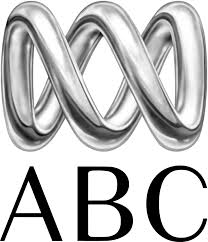 The Australian Broadcasting Company’s Future Tense radio program recently did a long interview-format show on free public transit. The whole thing is good. I’m in there for about four minutes starting at 9:30 about the need to focus fare discounts away from the peak rush hour. You can download and listen here.
The Australian Broadcasting Company’s Future Tense radio program recently did a long interview-format show on free public transit. The whole thing is good. I’m in there for about four minutes starting at 9:30 about the need to focus fare discounts away from the peak rush hour. You can download and listen here.
This was a very interesting podcast. As much as I like the idea of free public transport I understand that it is not actually a necessarily workable proposition. Your idea of changing fares to push people off peak is one that I think could work, although it needs to be available to all commuters and well advertised to work fully.
I think we need to target certain groups e.g. school students, the elderly, disabled, etc for free transport but we need to keep the fares fore downtown rush hour commuters.
As usual, your advice on transit makes good sense. There is one statement that I would take you to task on, though: “If a new ride-sharing solution gets two or three people in a little vehicle, that’s better than those three people driving cars.” I don’t think it is better if that car is any sort of taxi (including Uber and Lyft), because it doesn’t take into account the time when the vehicle is empty, either cruising around waiting for a fare or driving to a pick-up point. At least if you drive your own car, at the end of the trip it’s taken out of circulation.
It would be interesting to weigh the impacts of street congestion vs parking on dense urban areas. I live in a mid-sized city (approx 250,000 people) where the downtown, while growing up, still has a lot of surface parking area. Parking lots are dreadful for vibrant urban areas because nothing interesting is happening there, and it therefore spreads out the area of interesting activities. Taxis and Uber/Lyft use more street space but require fewer parking spots than driving personal vehicles.
Perhaps the current difference is that parking gets priced, at least in dense areas, whereas street space generally is not.